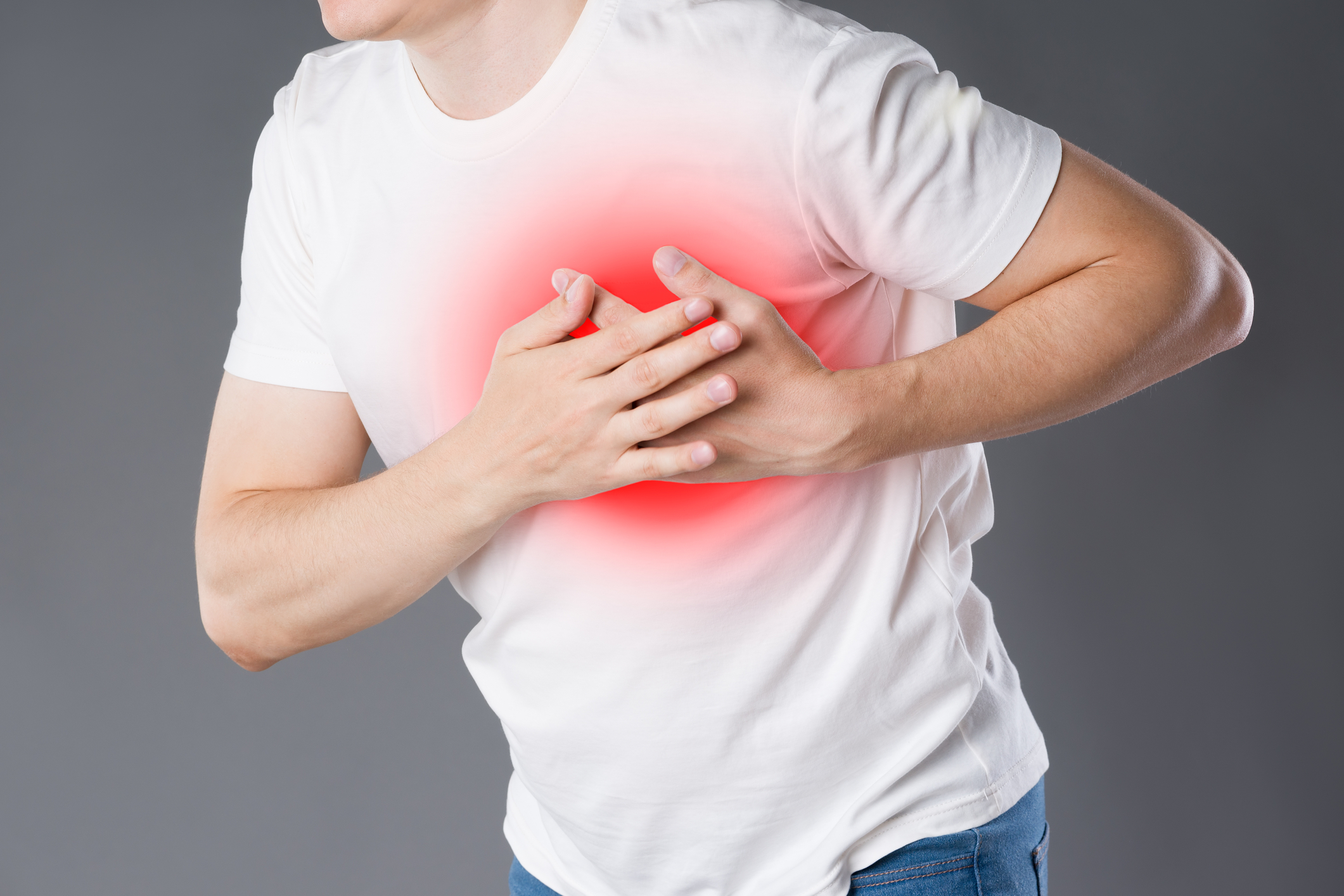Five Critical Aspects of Nuclear Stress Tests That Decipher the Secrets of Your Heart Health Without Missing a Beat
Your cardiovascular health is a mirror of your wellness and vitality. A key indicator of your cardiovascular fitness is the efficiency of your heart's blood and oxygen flow. To track this flow is the critical purpose served by nuclear stress tests. This non-invasive diagnostic tool has been instrumental in assessing heart conditions, their severity, and the appropriate treatment method. It works by using a small amount of radioactive substance that lets doctors visualize your heart muscles, and further analyze how effectively blood is reaching them. In the context of heart health, nuclear stress tests have emerged as a game changer.
Identifying Heart Disease

The paramount importance of a nuclear stress test is its ability to accurately identify the presence of coronary artery disease (CAD), the most common type of heart disease. CAD is caused by the blockage in the coronary arteries which are responsible for supplying oxygenated blood to the heart muscles. Inadequate blood supply because of these blockages can lead to symptoms like chest pain and shortness of breath. Nuclear stress tests provide an effective way to medically detect these blockages, thereby serving as a diagnostic cornerstone for CAD.
Evaluating Essential Functions of the Heart

Beyond disease detection, nuclear stress tests also play a vital role in evaluating your heart’s functionality. They generate a comprehensive picture of your heart's pumping action during both rest and exertion. This helps physicians assess the heart’s capacity to respond to stress, thereby determining its overall health. Physicians look for changes in size, shape, and movement of the heart muscles, providing valuable insights into the condition of your heart.
Gauging The Severity of Heart Conditions

Yet another crucial facet of the nuclear stress test is assessing the severity of any underlying heart condition. Depending on the observed patterns of blood flow in different heart regions, physicians can discern the extent of CAD. If the test reveals areas with reduced blood supply, chances are that there is significant artery blockage in these regions. Accordingly, an effective treatment plan can be designed for the patient.
Monitoring Treatment Effectiveness

Finally, nuclear stress tests prove indispensable in monitoring the effectiveness of treatments for heart disease. They provide a timeline of the heart’s health, giving physicians accurate data on the patient's progress or regression over time. Comparison of nuclear stress test results pre and post-treatment gives solid evidence of whether the treatment has been successful in enhancing the patient’s heart health or not. Thus, these tests help optimize healthcare by serving as a roadmap for doctors to modulate treatments as necessary.
Ensuring Patient Safety

Although the term 'nuclear stress test' may sound intimidating, safety is a prime focus in its implementation. The amount of radiation exposed to patients during the test is minimal and well within safety limits. In fact, the benefits of detecting potential heart conditions, diagnosing the extent of diseases, and planning successful treatments far outweigh these minimal risks. Therefore, nuclear stress tests are a safe, effective tool fostering exemplary cardiac care.